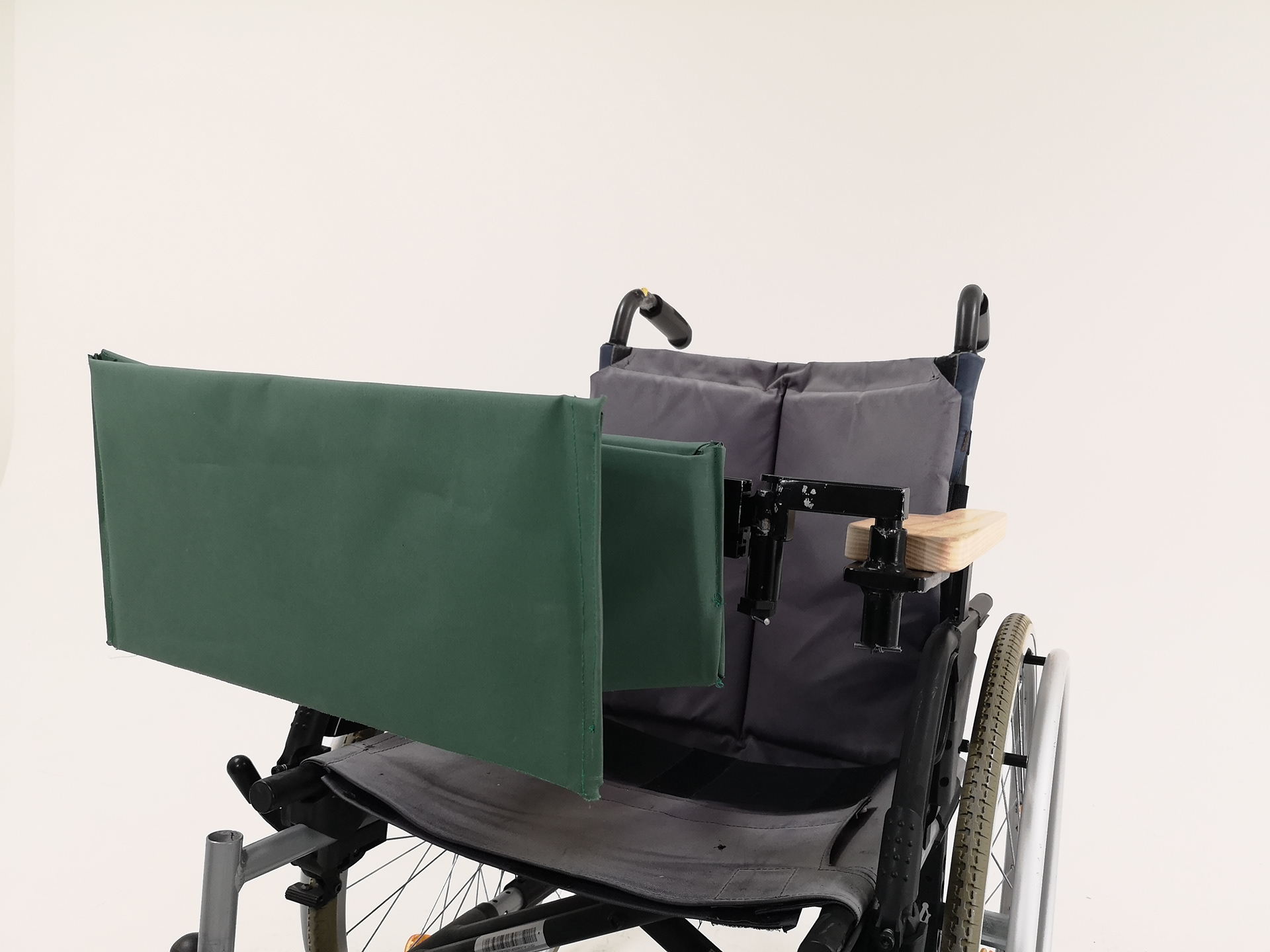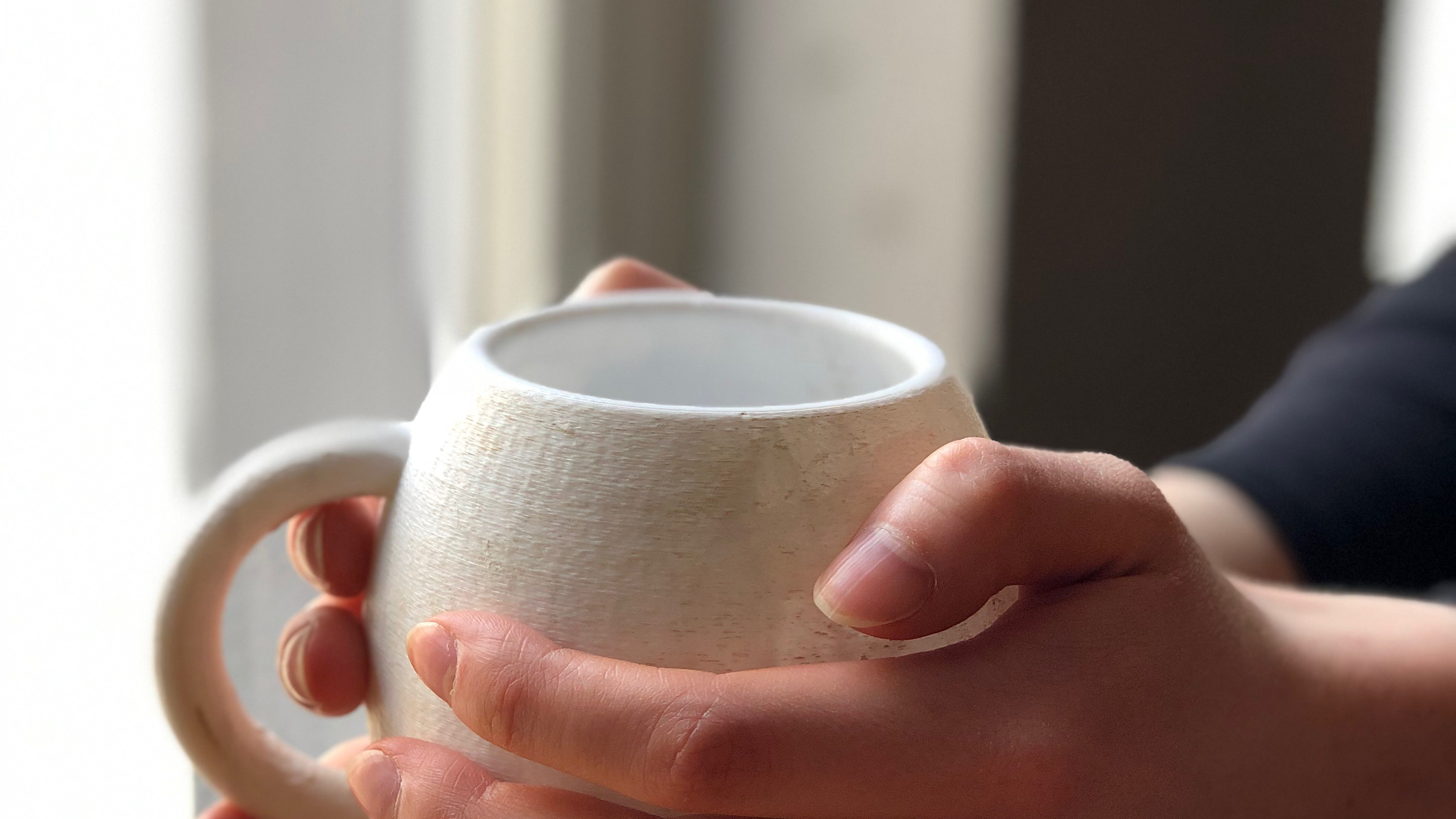BACKGROUND
Shopping Assistant is a project focused on making shopping easier for people in wheelchairs. It includes a rail system and a foldable storage box to enhance convenience and freedom of movement during shopping trips.
We developed the Shopping Assistant by understanding the challenges faced by wheelchair users: carts available in store is challenging to handle, and we aimed to make an alternative solution. Our research included interviews and surveys with electric wheelchair users, a visit to Hjelpemiddelsentralen for product information. We also gained insight from using manual wheelchairs ourselves. With these insights, we refined our project direction through brainstorming. We created detailed mockups and prototypes with user-friendly design in mind. We used 3D printing for fastening mechanisms and tested full-scale models.
GOAL:
to enhance the shopping experience for wheelchair users.
DURATION:
4 weeks, fall 2018
PARTNERS:
OsloMet, Peggy Rognan
PROJECT MANAGERS:
Emilie Sofie Olsen, Jesper Lange, Megan Blengsli.
DESIGNERS:
Thomas Rokstad, Oda L Benediktsson, Brage Steen, Nina Jacobsen, Vanja Jørum, Sondre Haugo, Pernille Høgevold Midbøe, Jon Celius.
1. INSIGHT
We conducted extensive research to gain a deeper understanding of the challenges faced by wheelchair users. Our research included interviews, surveys, and observations with electric wheelchair users. Visits to Hjelpemiddelsentralen helped us explore existing solutions, while manual wheelchairs provided hands-on insights.
2. CONCEPT DEVELOPMENT
Through brainstorming and ideation, we refined our research question, establishing a clear direction for our project. We created detailed mockups and prototypes with a focus on user-centric design. Our fastening mechanisms were crafted using 3D printing technology, and we moved on to test full-scale models..
3. PROTOTYPING AND TESTING
In the third week of the project, we delved into specification, fine-tuning, and extensive testing of various concepts. After careful consideration, we selected a rail system paired with a collapsible storage box as the most promising solution to address the unique needs of wheelchair users.






4. COMPLETION OF FINAL PRODUCT
Our final week concentrated on perfecting the prototype, emphasizing material selection, aesthetics, and functionality. Weekly meetings with our client, where we presented our progress and received user-focused feedback, guided our design decisions.
The Shopping Assistant project reflects our dedication to creating user-centered solutions with a meaningful impact on people's lives.














